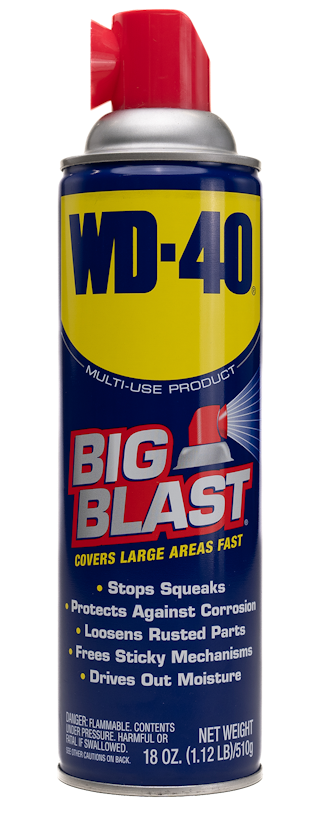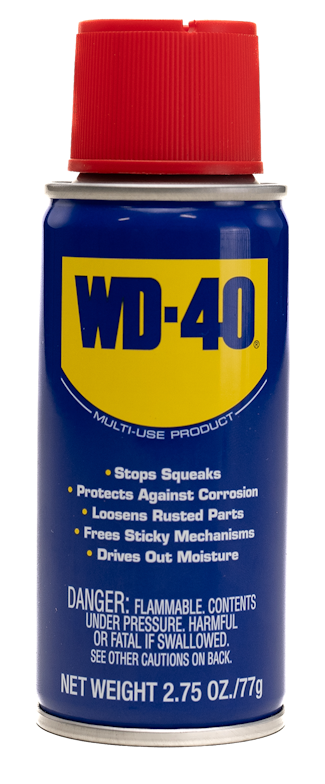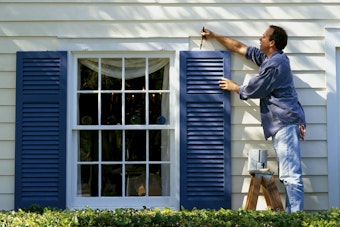How-to Build a Raised Garden Bed
How-to Build a Raised Garden Bed
<< BackGardening season is upon us, and the call for soil, seeds, and shovels has sounded. This Spring, plant your garden in an eye-catching feature by adding a raised garden bed. Growing your garden in a raised planting bed allows you to not bend over as much (saving your back!), keeps the soil fresh, reduces weeds, and helps control pests and critters. Learn how to make a three-by-five foot raised bed in just a few hours by following our guide below.
Location and Planning
The location of your raised planting bed is vital for the success of your garden. We recommend selecting a location with plenty of sun and access to both sides for upkeep. Popular Mechanics recommends building the bed close to the kitchen, but avoid sites shaded by the house or under trees.
As you want the walls of the bed to be level, finding a flat spot can spare you a lot of trouble when digging. If you don’t have any flat spots available, rake and level the ground so that the bed can lie flat.
Building the Bed
Before you head to your local hardware or retail store, it’s important to know what type of wood you will use to build the bed’s walls. We recommend making the bed out of rot-resistant cedar, as it’s safe around the edible plants it will hold. For instructions on how to build and connect the walls of the raised planting bed, check out this step-by-step guide from Better Homes and Gardens. Please note, although this bed is three-by-five feet, you can make your bed’s length as long as you would like. However, This Old House recommends the width being no more than four feet wide if you have little ones helping you in the garden.
Fill it Up
Once you’ve built your raised bed, fill it up with topsoil (the upper, outmost layer of soil), compost (learn how you can create your own here) and potting soil. Next, plant your vegetables or flowers by pulling back the dirt. For tips on how to grow a healthy garden check out this guide from Better Homes and Gardens.
Tip: Keep the soil from sticking to garden tools by spraying WD-40® Multi-Use Product on them before digging. The WD-40® Big Blast® can is perfect for covering wide areas such as the surface of your shovel, while WD-40® Smart Straw® can serve for area coverage or precision application on smaller tools or surfaces. The spray also serves you double by providing protection from rust and corrosion.
FEATURED PRODUCTS
WANT TO GET MORE TIPS AND TRICKS?
SUBSCRIBE TO THE NEWSLETTER



